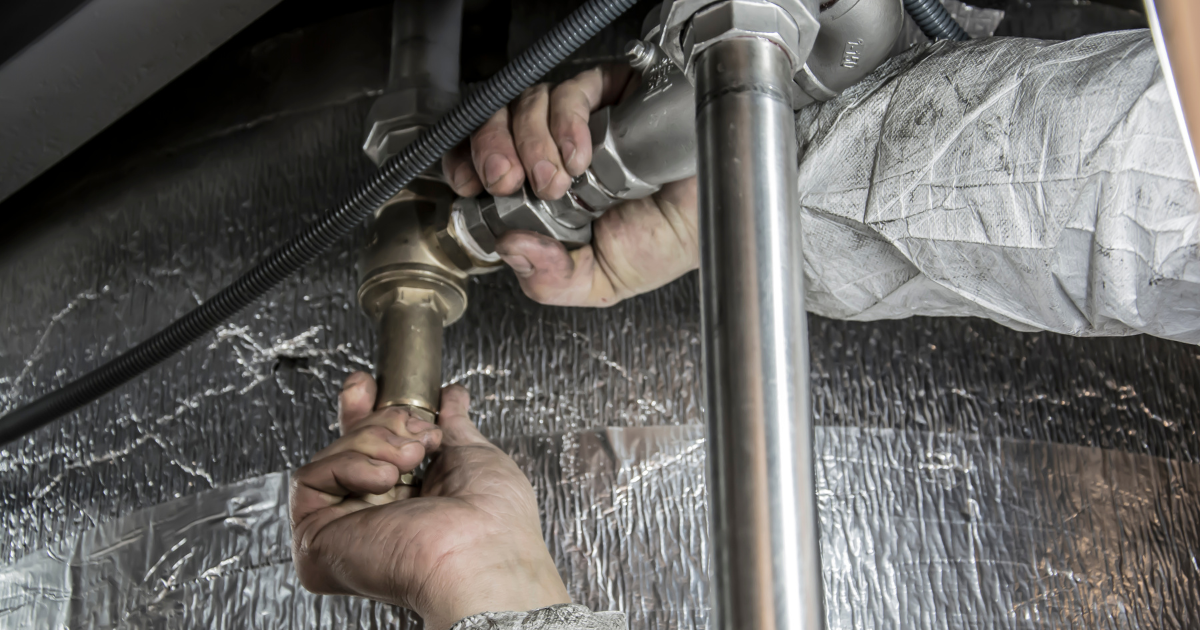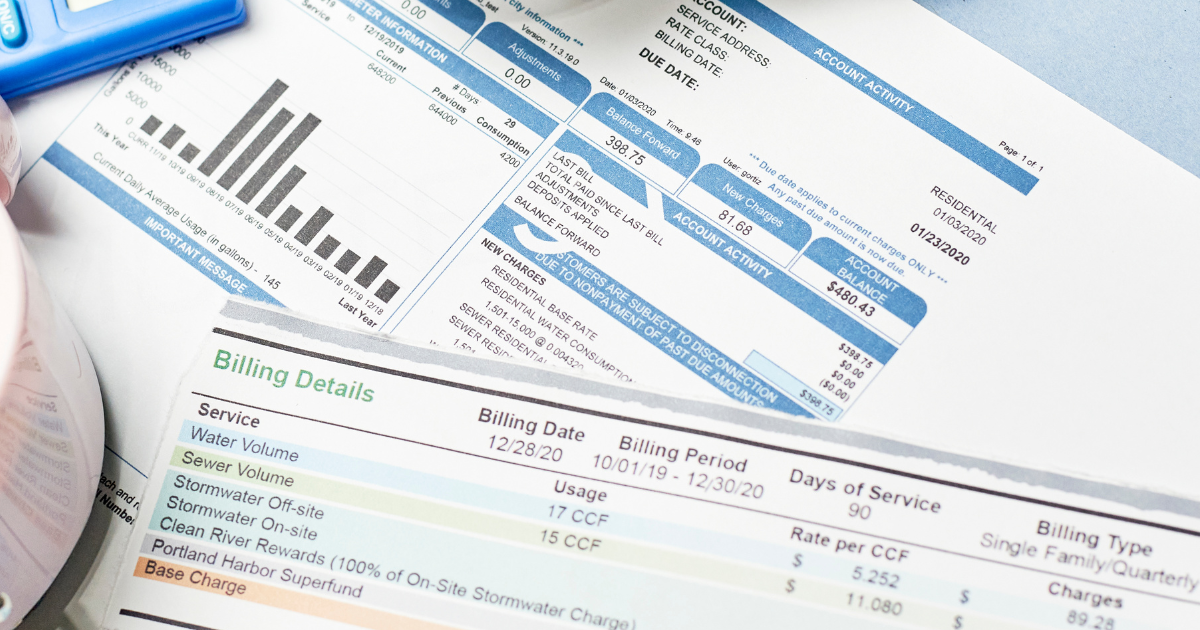Tankless vs Tank Water Heater: Choosing the Right Option for Your Home or Business
When it comes to selecting a water heater for your home, there are two primary options to consider: tankless and tank water heaters. Each of these systems has its own set of advantages and considerations, making the decision an important one.
To help you make an informed choice, let’s explore the differences between tankless and tank water heaters and weigh their respective pros and cons.
1. How They Work:
The most significant distinction between tankless and tank water heaters lies in their operation. A tank water heater, as the name suggests, features a large storage tank where water is heated and stored until needed.
They continuously maintain a set temperature, ensuring hot water is readily available when needed. These tanks come in various sizes, typically ranging from 20 to 80 gallons, and are commonly powered by electricity, gas, or oil.
This means that hot water is readily available, but there is a limited supply that can be depleted with heavy usage.
On the other hand, tankless water heaters, also known as on-demand water heaters, heat water directly as it flows through the unit.
They don’t require a storage tank and instead use powerful heating elements to provide instant hot water whenever necessary. This ensures an endless supply of hot water, as long as the demand doesn’t exceed the unit’s capacity.
2. Energy Efficiency:
When it comes to energy efficiency, tankless water heaters have a clear advantage. Unlike tank water heaters, which continuously heat and reheat water in the storage tank to maintain a constant temperature, tankless units only heat water as it is needed.
This eliminates standby heat loss and results in significant energy savings. In fact, tankless water heaters can be up to 30% more energy-efficient than their tank counterparts, according to the U.S. Department of Energy.
3. Space Considerations:
Tank water heaters require a substantial amount of space due to the storage tank. These units are typically bulky and occupy a dedicated area in your home, such as a utility room or basement. If space is limited, this can be a significant drawback.
On the other hand, tankless water heaters are compact and wall-mounted, taking up minimal space. Their small size allows for flexible installation options, including placing them in closets or even outside the house.
This makes tankless water heaters ideal for smaller homes or properties with space constraints.
4. Cost Considerations:
The upfront cost of tankless water heaters tends to be higher than that of tank systems. The unit itself, as well as the installation costs, are generally more expensive. However, the long-term energy savings offered by tankless systems can help offset the initial investment.
Additionally, tankless water heaters have a longer lifespan of around 20 years, compared to the 10-15 years typically expected from tank water heaters, which may result in further cost savings over time.
So, while the initial investment may be higher, the potential for cost savings in the long run is significant.
5. Capacity and Simultaneous Use:
Tank water heaters have a set capacity determined by the size of the storage tank. Once the hot water supply is depleted, you may need to wait for the tank to refill and reheat the water, which can be inconvenient, especially during peak usage times.
Large households with multiple occupants may find themselves running out of hot water more frequently.
Tankless water heaters, while not storing hot water, can deliver a constant supply of hot water on demand. They heat water as it passes through the unit, providing hot water instantaneously.
This feature ensures that you never run out of hot water, making tankless heaters ideal for households with fluctuating or high-demand usage.
However, it’s worth noting that tankless systems have a flow rate limit, meaning they may struggle to simultaneously supply hot water to multiple fixtures if the demand exceeds the unit’s capacity.
In conclusion, the choice depends on your specific needs and circumstances. If energy efficiency, space-saving, and continuous hot water supply are essential to you, a tankless water heater is likely the best option.
MasterCraft Plumbers recommends considering factors such as household size, hot water demand, space availability, and budget when making the decision between tankless vs tank water heaters, as each has its own benefits and considerations.
Need help with an estimate?
We have locations in Carlsbad and Murrieta, Ca. serving both San Diego and Riverside Counties.
Contact us today at (760) 640-0337
The post Tankless vs Tank Water Heater: Choosing the Right Option for Your Home or Business first appeared on MasterCraft Plumbers.


